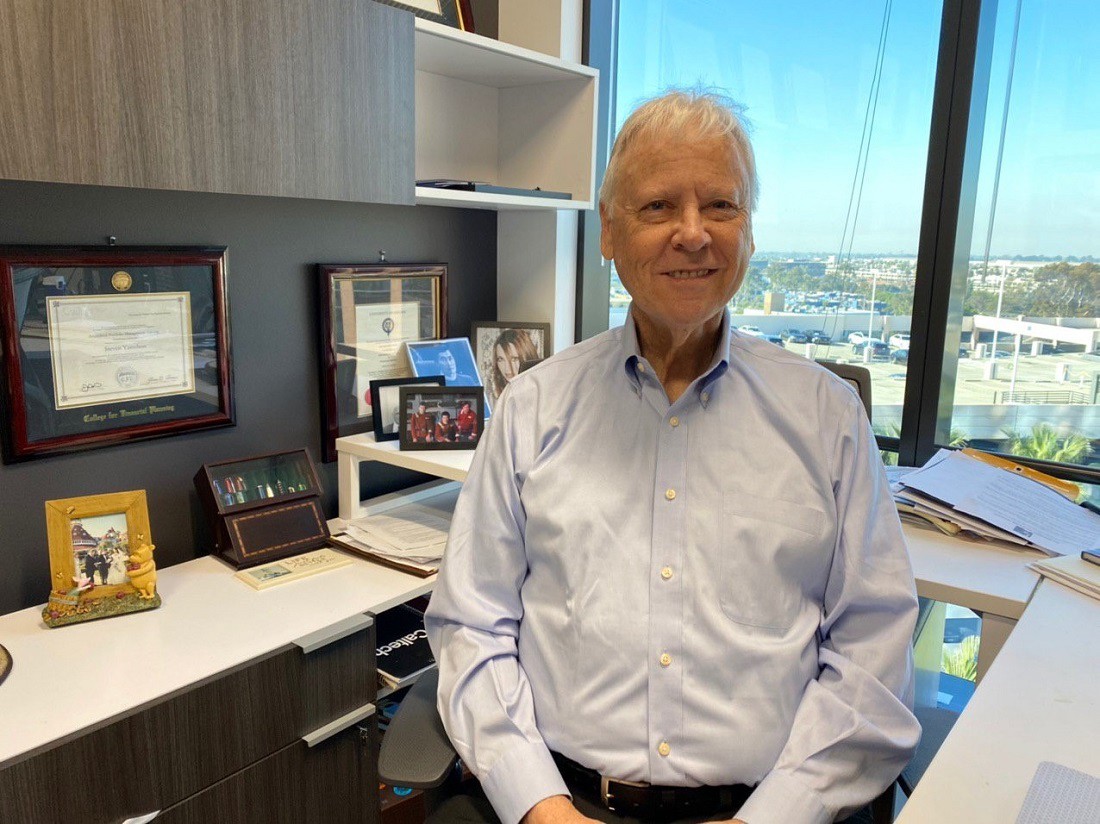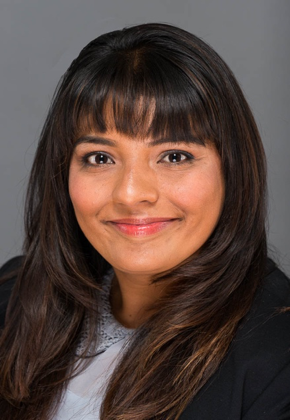I had the pleasure of interviewing Dr. Steven Yamshon Managing Principal at Benefit Financial Services Group. He leads their environmental, and socially responsible investing efforts.
With over 35 years of experience, four masters qualification from Oxford University (Said School of Business) and Phd in Finance, Economics and Management from UCLA, Steve provides deep insights with integrity for asset allocation, investment management, and security selection. He serves on the board of Cedar Sinai Medical center and is passionate for environmental impacts and doing good for society.
Thank you so much for doing this with us! What is your “backstory”?
In my childhood and in my teens I was always interested in the outdoors and environment. A life-changing moment happened to me when I was 15 years old and at Boy Scout Camp. I saw a man in a uniform driving a green truck and he looked mighty impressive. Later that day, I found out that he was a U.S. Forest Ranger. It was then I decided to become one myself. I studied Natural Resource Management at California State University, Sacramento and Engineering Management at Caltech. A perfect combination. My first job was with the U.S. Forest Service in engineering where I was a member of a team that was working on one of the first National Environmental Protection Act (NEPA) reports. I learned enough about politics to know that government work wasn’t for me and that I wanted to work in private industry. However, since then I have kept my hand in natural resource management and environmental issues. Since the Forest Service, I have been working in the investment management field and have developed an expertise in farmland, environmental, and natural resource investments
Can you share the most interesting story that happened to you since you started your career?
While I was at Oxford, I wrote a dissertation on how to develop a tree plantation for carbon sequestration. Little did I know at the time that this ambitious project in South America was at the forefront of many governmental and non-governmental agencies who were thinking about using trees as carbon offsets. Essentially the project was designed to allow companies who need carbon credits to make an investment in this tree farm and to use that investment to trade carbon credits. It was a social impact investment long before the term became popular. I think about 150 jobs for indigenous people was part of the plan. Unfortunately, we couldn’t get funding, but I learned about three years ago that another group started a similar project like mine. I think that these types of projects are good for green jobs, the environment, and local economies

Based on your experience in this area, what are some of the top risks involved in socially responsible investing?
Environmentally, social and governance (ESG) investing is fairly new to the investment landscape although a handful of mutual fund companies have had social conscious funds for investors for some time. What’s funny about ESG investing is that there is no set definition of what a ESG fund is. Some ESG funds have “best in class” oil companies. Maybe some analyst figures that a particular oil company will pollute less. Some ESG funds exclude oil but include chemical and mining companies.
- One risk is that there is no set standard for what a ESG Fund is?
- Secondly, a big one, is how do you measure performance and compare it to a benchmark or what kind of risk metrics do you use. I think the SEC is looking quite closely at how investment managers are promoting their ESG investments.
- Another risk is to find out if investors are willing to accept a possible lower return from an ESG investment versus a S&P 500 index fund. I suspect some will accept the possibility of a lower return. My gut feeling is that ESG investing is the wave of the future and that the oil stocks may become the old tobacco stocks, shunned by most investment managers. These are minor problems that will sort itself out over time
You are a person of great influence. If you could inspire a movement that would bring the most amount of good to the most amount of people, what would that be? You never know what your idea can trigger. 🙂
I think that better utilization and management of our forest resources will bring the greatest good to the greatest number of people. This country has a tremendous renewable resource in forests and timberlands. Our national forests are unparalleled anywhere in the world. Forests deliver water, timber, recreation, wildlife, and minerals. We need to manage those forests more wisely. For example, forests need to be thinned from time to time because a thinned forest is less prone to insect damage and destructive fires. The thinned wood can be used for lumber to build houses and low to mid-rise buildings. Wood that is cut and processed still stores carbon, so timber either cut or not harvested is a great carbon sink that offsets greenhouse gasses. Maybe the increased use of wood could lessen the use of concrete, which in production, is a big greenhouse gas emitter. Large uncut National Forest lands can serve as carbon offsets. The increased use of tree plantations in the Southern United States can supply lumber for building purposes. Wood is one of the greatest renewable resources in the world
Some of the biggest names in Business, VC funding, Sports, and Entertainment read this column. Is there a person in the world with whom you would love to have a private breakfast or lunch with, and why? He or she might just see this if we tag them ?.
In the VC World I would like to meet Tom Styer because I think he is doing some great things with regards to the environment. In the investing world, I would love to have a conversation with Bill Gates about how he views the risk of climate change on his portfolio investments. Lastly, Joaquin Phoenix and Leonardo DiCaprio might be interested in some of the ideas that I have for environmental social impact investments that can deliver good returns for investors while doing good for people and the environment.
Can you please give us your favorite “Life Lesson Quote”? Can you share how that was relevant to you in your life?
When I was on stage graduating from Harvard Business School, Professor Marty Marshall whispered in my ear, “go home and do something big, hairy, and audacious.” What he meant by that was to think big and don’t be afraid to fail. Set big goals and by most accounts you will complete them and don’t forget to think out of the box. Those words spoken to me by Marty have served me well over the years.

